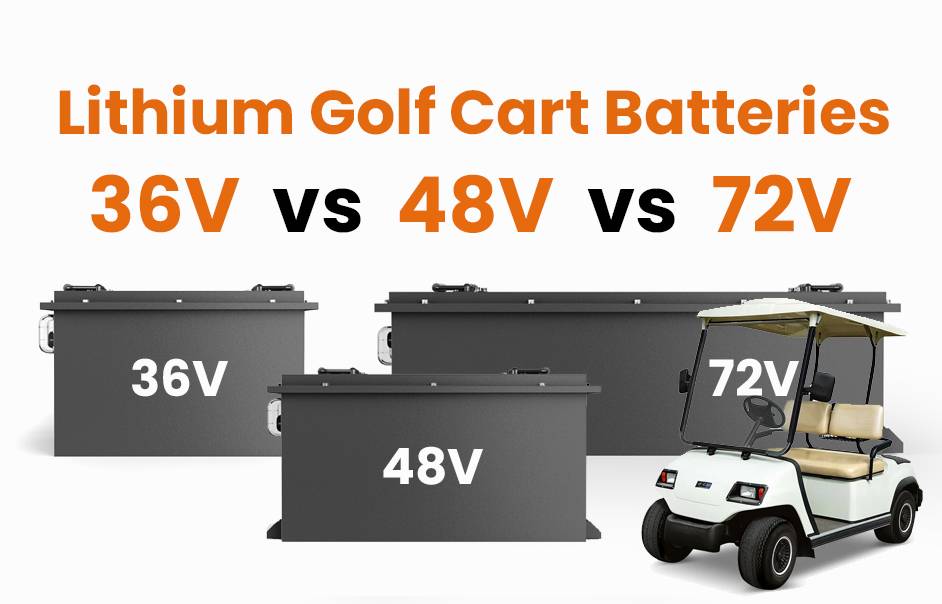
Blog
Why Are LiFePO4 Batteries Considered Low Maintenance?

LiFePO4 (lithium iron phosphate) batteries require minimal upkeep due to their stable chemistry, lack of memory effect, and sealed design. Unlike lead-acid batteries, they don’t need water refilling, voltage equalization, or frequent cleaning. Their built-in Battery Management System (BMS) automates critical functions like temperature control and overcharge protection, reducing manual intervention and long-term maintenance costs.
What Makes LiFePO4 Chemically More Stable Than Other Batteries?
The iron-phosphate bond in LiFePO4 batteries provides stronger thermal and structural stability compared to lithium-ion variants like NMC or LCO. This reduces risks of thermal runaway, even under extreme temperatures or physical damage, ensuring safer operation and eliminating the need for active cooling systems in most applications.
The unique olivine crystal structure of LiFePO4 contributes significantly to its stability. This atomic arrangement creates a robust framework that resists decomposition during charge cycles, unlike layered oxide structures found in other lithium batteries. Additionally, the phosphate-based electrolyte is less reactive than cobalt or manganese alternatives, reducing oxidation risks. These properties allow LiFePO4 cells to maintain consistent performance across 3,000+ cycles while retaining over 80% of their original capacity. Industrial applications particularly benefit from this stability, as it minimizes unexpected downtime caused by battery failures.
Can LiFePO4 Batteries Lower Total Ownership Costs?
Despite higher upfront costs, LiFePO4 batteries save 40-60% over their lifespan by eliminating maintenance labor, replacement parts, and energy waste. A 10-year lifespan with 3,000+ cycles reduces replacement frequency compared to lead-acid’s 2-4 year lifespan.
| Cost Factor | LiFePO4 | Lead-Acid |
|---|---|---|
| Initial Purchase | $1,200 | $600 |
| Lifespan | 10 years | 3 years |
| Maintenance/Year | $0 | $150 |
| Total 10-Year Cost | $1,200 | $3,900 |
The table illustrates how LiFePO4’s longevity offsets its initial price premium. Unlike lead-acid batteries requiring three replacements per decade, LiFePO4 units often outlast the equipment they power. Commercial solar installations frequently report 65% lower energy storage costs after switching, as detailed in a 2023 Grid Storage Association report.
Does the BMS Reduce Human Intervention in LiFePO4 Systems?
Yes. The integrated BMS automates cell balancing, overcharge/discharge prevention, and temperature regulation. It actively redistributes energy between cells to maintain uniformity, a process that would otherwise require manual voltage checks and adjustments in traditional battery systems.
How Does the Absence of Memory Effect Simplify Usage?
LiFePO4 batteries can be partially charged without suffering capacity loss (“memory effect”), unlike nickel-based batteries. Users don’t need to perform full discharge cycles to maintain performance, allowing flexible charging patterns that adapt to real-world usage scenarios.
What Environmental Factors Minimize LiFePO4 Degradation?
These batteries withstand temperatures from -20°C to 60°C and resist vibration/shock due to their ruggedized casing. Humidity and dust have minimal impact because of their IP65+ rated enclosures, making them suitable for harsh environments where lead-acid batteries would degrade rapidly.
Are LiFePO4 Systems Safer Than Traditional Alternatives?
Yes. Their oxygen-phosphate bonds require extreme temperatures (≥500°C) to decompose, unlike NMC batteries that fail at 200°C. This makes them inherently fire-resistant, reducing safety inspections and hazard management costs.
Expert Views
“LiFePO4 technology redefines energy storage efficiency. The elimination of watering, equalization, and terminal cleaning cuts maintenance time by 90% compared to lead-acid systems. For commercial users, this translates to fewer technician visits and higher system uptime.” — Energy Storage Solutions Group
Conclusion
LiFePO4 batteries revolutionize energy storage by combining robust engineering with autonomous management systems. Their maintenance-free operation stems from advanced chemistry, smart monitoring, and durable construction, offering users unprecedented convenience and cost savings across residential, automotive, and industrial applications.
FAQs
- Do LiFePO4 batteries require ventilation?
- No. They emit no gases during operation, unlike lead-acid batteries, allowing safe installation in enclosed spaces.
- How often should LiFePO4 batteries be replaced?
- Typically every 10-15 years, depending on cycle depth. This is 3-5x longer than lead-acid equivalents.
- Can I use a regular charger for LiFePO4 batteries?
- No. Always use a compatible LiFePO4 charger to avoid overvoltage damage. The BMS provides backup protection but isn’t a substitute for proper charging equipment.
Know more:
How Do LiFePO4 Batteries Enhance Golf Cart Performance with High Energy Density?
How Do LiFePO4 Batteries Reduce Golf Cart Ownership Costs?
How Are LiFePO4 Golf Cart Batteries Transforming Sustainability in Recreation?
How Do LiFePO4 Batteries Achieve Fast Charging with Minimal Downtime?
Why Are LiFePO4 Batteries Considered Low Maintenance?
Are LiFePO4 Golf Cart Batteries Safe and Stable for Long-Term Use?





